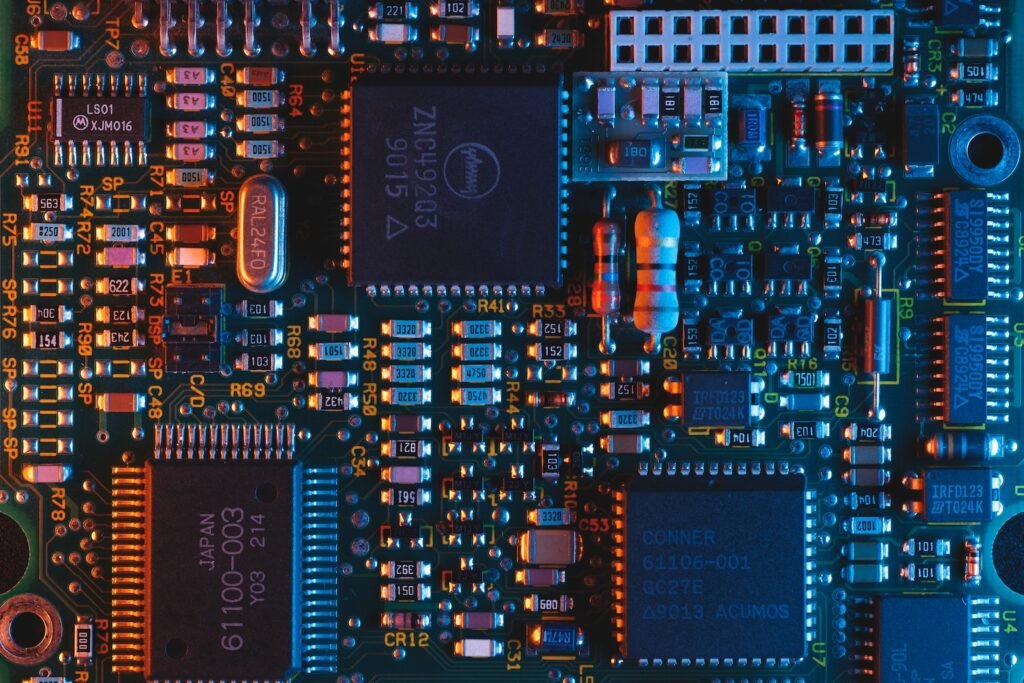The Complexity of Metal Detectors
Metal detectors have become an indispensable tool for treasure hunters, archaeologists, and security personnel. These fascinating devices are designed to detect metallic objects buried deep beneath the ground or hidden within various materials. However, the intricate design of metal detectors often remains a mystery to many. In this comprehensive instruction, we will dive deep into the world of metal detector technology, exploring the basic components, circuitry, coils, discrimination features, ground balancing, sensitivity control, and additional features that make these devices so powerful and versatile.

Understanding the Basic Components of Metal Detectors
Metal detectors consist of several important components that work in harmony to detect and locate metallic objects. The first component is the control box, which houses the electronic circuitry and controls of the device. The control box is connected to a search coil via a cable, and it is responsible for sending and receiving signals. The search coil, also known as the antenna, is the part that makes physical contact with the ground or the material being scanned. It generates an electromagnetic field that interacts with metallic objects, causing them to emit a signal.
Unveiling the Intricate Circuitry Behind Metal Detectors
The circuitry of a metal detector is where the magic happens. It consists of a transmitter, a receiver, and an oscillator. The transmitter sends out a continuous wave of energy into the ground or material being scanned. When this wave encounters a metallic object, it causes the object to emit a secondary magnetic field. The receiver then picks up this secondary field, amplifies it, and sends it to the audio circuitry, creating an audible signal for the user.
Decoding the Role of Coils in Metal Detecting Technology
Coils play a critical role in metal detecting technology. There are two types of coils: the transmit coil and the receive coil. The transmit coil generates the primary magnetic field, while the receive coil detects the secondary magnetic field emitted by metallic objects. The size and shape of the coils determine the depth and sensitivity of the metal detector. Larger coils provide greater depth but sacrifice some sensitivity, while smaller coils are more sensitive but have limited depth capabilities.
Analyzing the Advanced Discrimination Features of Metal Detectors
Modern metal detectors are equipped with advanced discrimination features that allow users to differentiate between various types of metals. Discrimination is achieved by analyzing the conductivity and ferromagnetic properties of objects. By adjusting the discrimination settings, users can choose to ignore certain types of metal, such as iron or aluminum, and focus on valuable targets like gold or silver. This feature saves time and effort by eliminating unwanted signals.
Delving Into the Challenging Task of Ground Balancing
Ground balancing is a crucial process in metal detecting that compensates for the electromagnetic interference caused by the mineralized soil or the presence of other metallic objects in the surroundings. When the ground is properly balanced, the metal detector can filter out unwanted signals and focus on detecting the desired targets. There are different types of ground balancing methods, including automatic and manual, each with its own advantages and disadvantages.
Mastering Sensitivity and Depth Control in Metal Detectors
Sensitivity and depth control are essential features in metal detectors, allowing users to adjust the device’s sensitivity to detect small or deeply buried objects. Higher sensitivity settings increase the chances of detecting small targets but may also generate more false signals. Depth control, on the other hand, adjusts the device’s ability to detect objects at greater depths. Finding the right balance between sensitivity and depth is crucial for optimal performance.
Exploring Additional Features for Enhanced Metal Detecting Experience
In addition to the fundamental components and features, modern metal detectors come with a range of additional features to enhance the user’s metal detecting experience. These may include target identification displays, pinpointing modes, adjustable audio tones, waterproof designs, wireless connectivity, and GPS capabilities. These features provide users with greater convenience, accuracy, and versatility, making metal detecting a more enjoyable and efficient activity.
Metal detectors are intricate devices that rely on a combination of components, circuitry, and advanced features to detect and locate metallic objects. Understanding the basic principles behind their design is crucial for users to maximize their potential. By diving into the complexity of metal detector technology, we have shed light on the various components, circuitry, coils, discrimination features, ground balancing, sensitivity control, and additional features that make these devices so powerful and versatile. With this comprehensive instruction, you are now equipped with the knowledge to embark on your metal detecting adventures with confidence and success.
